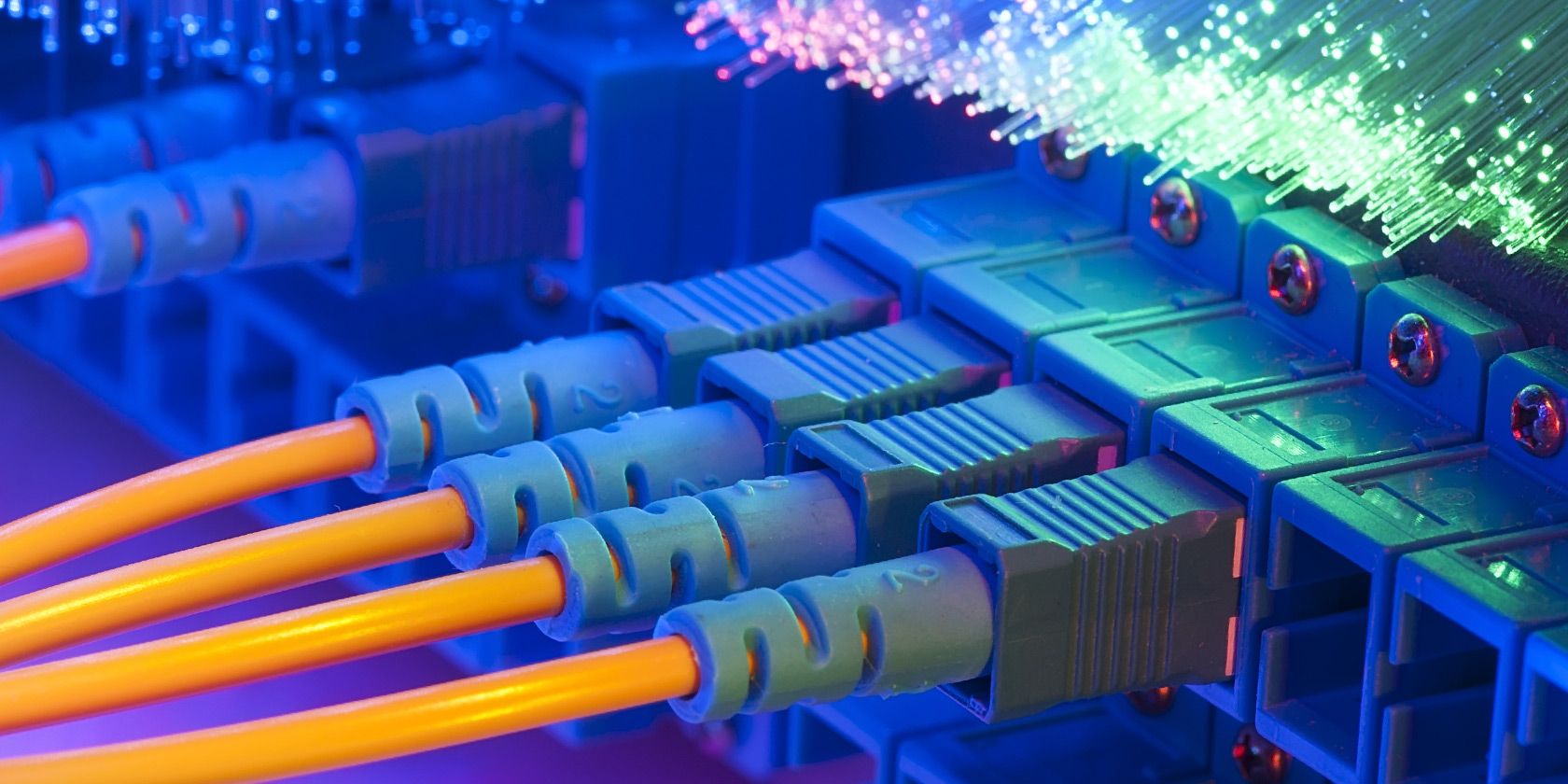
If you’re looking for a new fiber-optic service, you may come across the terms “FTTP” and “FTTC”. Even if you learn what each letter stands for, they don’t fully tell the story of what they mean or how they affect your service.
Let’s explore the difference between FTTP and FTTC, and which you choose.
What Is FTTP Internet?

FTTP means “Fiber to the Premises”, but you may also see it called “Fiber to the Home” (FTTH). An FTTP service is a pure fiber-optic cable connection running from an Internet Service Provider (ISP) directly to the user’s home or business.
As such, your internet connection is fiber all the way to your home. This is a good thing, as when it comes to rating cable vs. fiber internet, fiber is Computer Networks, quicker than cable.
What Is FTTC Internet?

On the other hand, you have FTTC, which means “fiber to the cabinet.” This means the fiber connection from your ISP doesn’t go all the way to your home; instead, it goes as far as a large metal cabinet in your neighborhood. You may have seen them on the streets near your home.
FTTC uses both traditional copper wire cable and fiber optic cable. It uses fiber optic cables right up to the street cabinet, and then copper wire to connect the cabinets to homes and businesses. Because it is incredibly expensive to install fiber optic cables to a home or business, engineers use copper as an economical substitute.
It also has a feature called DLM, or dynamic line management. This automated system ensures that the connection remains stable, error-free, and fast.
DLM achieves this by monitoring the system. When there is a problem, it will either use interleaving to correct errors in the line or it will slightly reduce your speed. Much of the time, however, DLM does not need to take any action.
How Are They Similar? How Are They Different?
While both FTTC and FTTP promise high speeds, FTTP’s complete fiber-optic connection allows for higher speeds than FTTC.
They are both faster than conventional ADSL, but FTTP uses fiber all the way, while FTTC has to rely on a slower copper cable. It is important to note that these may not be the speeds you are actually getting, so it is vital to test your internet speed from time to time.
FTTC stands out as a copper/fiber optic blend, which makes it less expensive to install. However, it was not built for the long term and its potential bandwidth is very limited, while FTTP was built so that it could be expanded and improved upon.
But in terms of availability, they differ greatly. FTTC is commonly used by casual users wanting a domestic internet connection. FTTP is typically only available for businesses.
What Are the Pros and Cons of Each?
FTTP is great in that it provides high-speed broadband service to users in their homes and businesses. Not only that, but it is designed so that people can go back into the system and add onto it as needed, built with the future in mind.
However, installing FTTP is incredibly expensive. It could be considered the broadband of the future, as well as the most future-proof connection as it should be simple to add to.
Trying to connect everyone up with a pure fiber connection is far too expensive, however. New infrastructure would need to be added, and that involves digging up the roads and the sides of the streets to lay the cables.
On the other hand, FTTC still provides great internet speeds. You are also more likely to be able to find a provider for FTTC if you’re just a casual user. Many providers only offer FTTP connections to businesses, so the high-speed connection is not taken up by users at home.
How Can You Get FTTC or FTTP?
If you live in a country with access to fiber internet, FTTC is pretty easy to get. There’s a good chance that the broadband packages you see in targeted advertising are FTTC. As such, if you’re currently subscribed to fiber optic internet, you’re already on FTTC.
Going to FTTP is the hard part. Some ISPs will roll out FTTP to select cities, so if you’re one of the lucky few, you may have it already.
If you’re not, contact your ISP’s business store to see if you can arrange a quote and installation for FTTP. If not, it’s worth looking for FTTP providers in your country to see who can provide domestic connections.
It’s worth noting that FTTP’s expenses won’t stop at installation. While the installation itself will be in the thousands (if not more), your monthly bills may rack up in the hundreds. FTTP is a big investment that’s best for businesses or very, very passionate individuals.
Which Should You Pick?
The difference is important depending on why you want to use the internet. Are you using it to play games and watch YouTube videos? Then FTTP will be a needless financial sacrifice and probably not a good idea.
However, if you need very fast speeds or you want to get a whole business online, you may find FTTC inadequate. At this point, it’s worth going the extra mile to ensure you have the best speeds available to you.
Getting to Know Your Internet Connections
FTTP and FTTC sound complex, but the premise behind them is easy to understand. FTTP gives you pure fiber from ISP to your building, while FTTC needs to take a slower copper wire to your home. If you’re not looking for incredibly fast speeds, however, FTTC will work fine.
If you want to learn more about internet connections, be sure to read up on the different types of internet access technologies.
Read the full article: What’s the Difference Between FTTC and FTTP? Fiber Internet Explained
from MakeUseOf https://ift.tt/2Wyq1Lz
via IFTTT

0 comments: